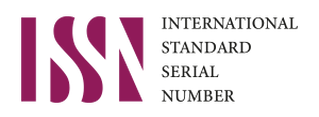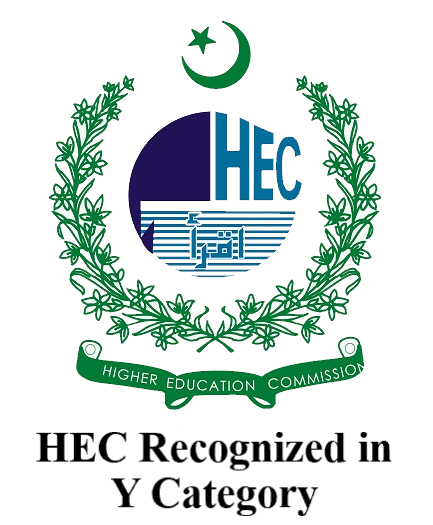Discovering a Whole New World of Meaning: A Systemic Functional Study on Urdu Language
DOI:
https://doi.org/10.71016/hnjss/bb68w186Keywords:
Systemic Functional Grammar, Halliday, Transitivity Analysis, Mood, Theme, CoherenceAbstract
Aim of the study: The current study aims at building the very first metafunctional profile of the Urdu language, and providing its implementation on Urdu discourse to unfold the significant meaning potential.
Methodology: To achieve the aim of study, Hallidayian (2014) metafunctions (interpersonal, experiential and textual level) have been implemented as a framework of study. The data comprises of twenty clauses taken from a short story “Lohay ka Kamarband” extracted from Urdu short stories collection “Urdu Adab k Mashoor Afsany” (2006).
Findings: The findings indicated that Urdu grammar projects four major patterns of occurrence of Mood (interpersonal meaning) due to placement of Subject. Similarly, Residue occurs on two major patterns which are majorly comprising of complement and sometimes adjunct. While, experiential analysis reflects that Urdu grammar has more material verbs which is 60% and after that mental process is dominant with 15% ratio. Finally, textual analysis reveal that topical theme is major and frequent in occurrence.
Conclusion: Summing up, the study unfolds how meanings are being embedded in Urdu grammar and how Urdu grammar reflects different metafunctional behaviors holding significant meaning potential layer by layer (interpersonal, experiential and textual), evident upon the metafunctional profile of Urdu grammar explored by the author taking Halliday’s model as milestone. Finally, Urdu grammar share very common features on metafunctional profile with that of other languages such as Urdu language projects Mood majorly in initial part of the clause also on experiential grounds majorly Urdu clauses reflect material clauses over any other process type. And there is a flow of coherence and logical sequencing which knits Urdu Themes majorly in the start of the clauses.
Downloads
Published
Issue
Section
License
Copyright (c) 2022 Aqsa Arshad, Dr. Tazanfal Tehseem, Nimra Arshad (Author)

This work is licensed under a Creative Commons Attribution-NonCommercial 4.0 International License.








